At the Stainless Steel and Special Alloys Committee meeting on October 28, topics such as the shift from globalization to regionalization, restrictions, tariffs, stay conditions, and travel flows were discussed.
At the meeting chaired by Joost van Kleef from Oryx Stainless BV, Vegas Yang, CEO of HSKU Raw Material Ltd, stated that the market has remained weak following China’s customs wars, while the tariffs imposed by the United States have created momentum for the growing market in India. The U.S. stainless steel market was described as “healthy,” supported by 50% imports; local melting rates exceed 80%, and profitability continues thanks to sustained evening consumption. The special processing sector, on the other hand, holds a ten year order portfolio from the maintenance and industrial sectors.
Emily Sanchez, Chief Economist at ReMA in the United States, noted that global trade could become more restrictive with moderate demand, pointing out the exposure to measures such as export licenses, bans, and preferential conditions for domestic processors. Sanchez emphasized that policymakers have not yet fully grasped the distinction between the recycled stainless steel market and the primary material supply.
Mahiar Patel, General Manager of Cronimet in the United States, stated that the “Trump effect” and related package policies did not create the expected impact in the short term. Patel noted that capacity expansion takes time, which may cause production delays, but emphasized that over the years, the U.S. will ultimately benefit more compared to other counterparts.
India’s growing stainless steel sector was a key topic of discussion at the meeting. BigMint CEO Dhruv Goel noted that India has not fallen behind in the shift from globalization to regionalization and that certain measures have been implemented to protect domestic stainless steel production. As a major importer and recycler of stainless steel, India plans to enhance the spread of supply reductions and increase support for NPI (nickel pig iron). Goel stated that stainless steel consumption in India is expected to rise from 3 kg to between 5.6 and 5.8 kg per capita by 2030.
On the European front, the Carbon Border Adjustment Mechanism (CBAM) is expected to take effect in January 2026. Yang noted that CBAM aims to promote cleaner production by pricing the carbon emitted from carbon-intensive goods imported into the EU, marking a positive development for the European scrap industry. However, he also warned that the mechanism’s growing complexity could increase bureaucratic burdens.
Generally, the global stainless steel markets are facing both resilience challenges and increasing pressures due to trade restrictions on recycled components, domestic production measures, and carbon regulations. Industry representatives emphasized that growing resource nationalism and protectionist measures could lead to a fragmented market environment with intensified competition.


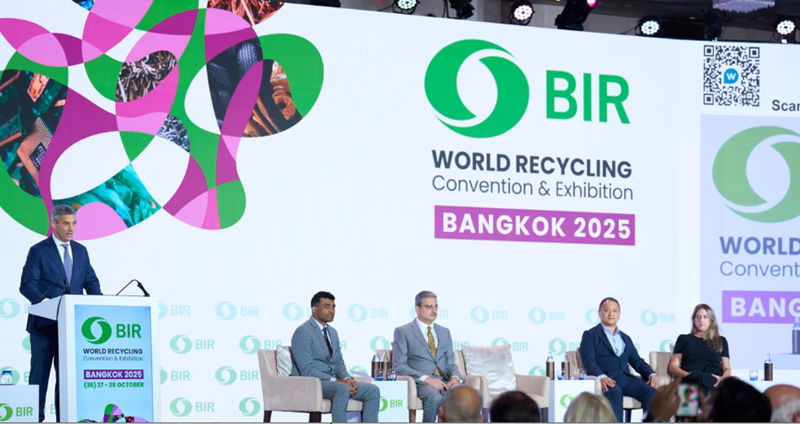
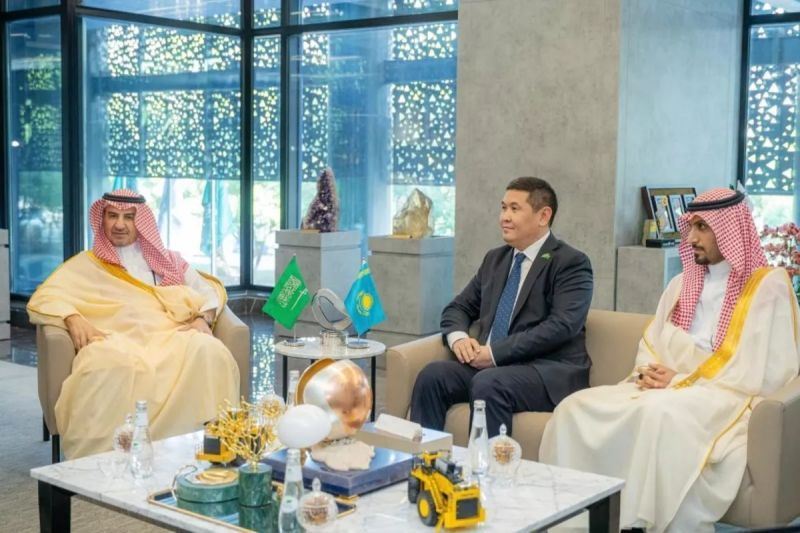
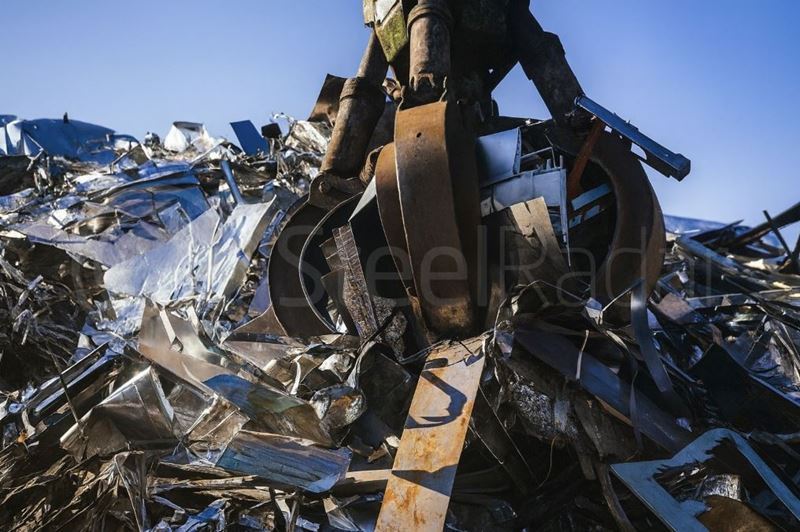
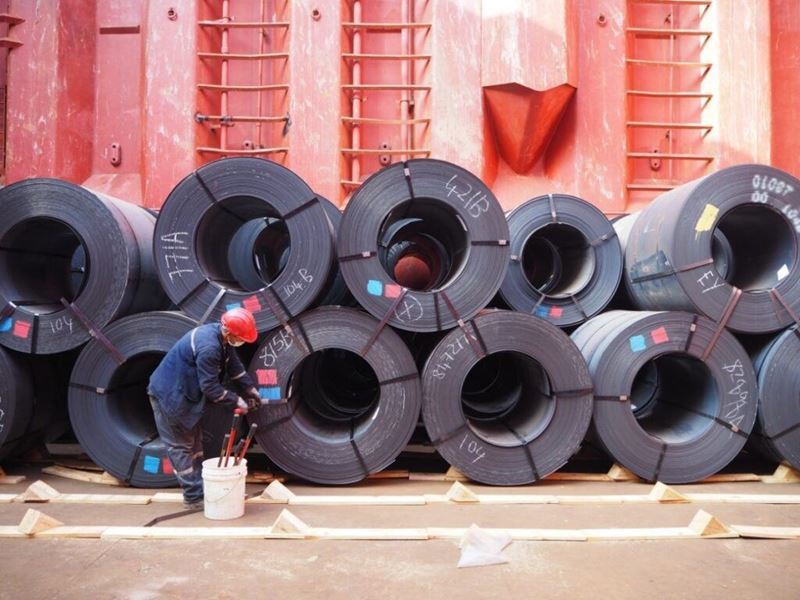
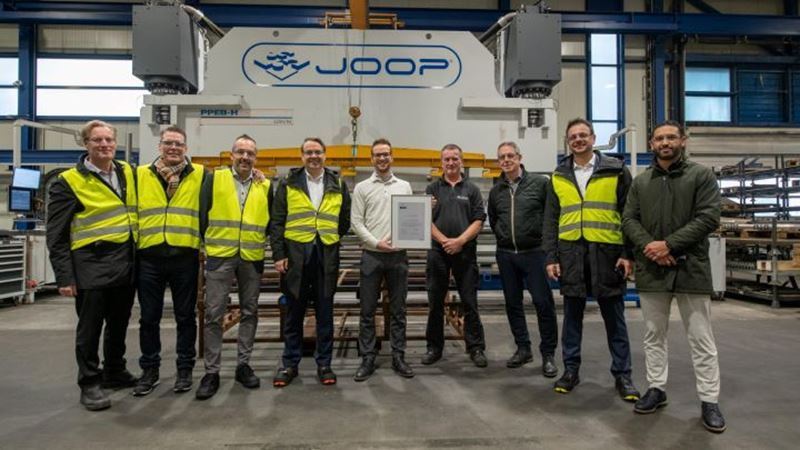
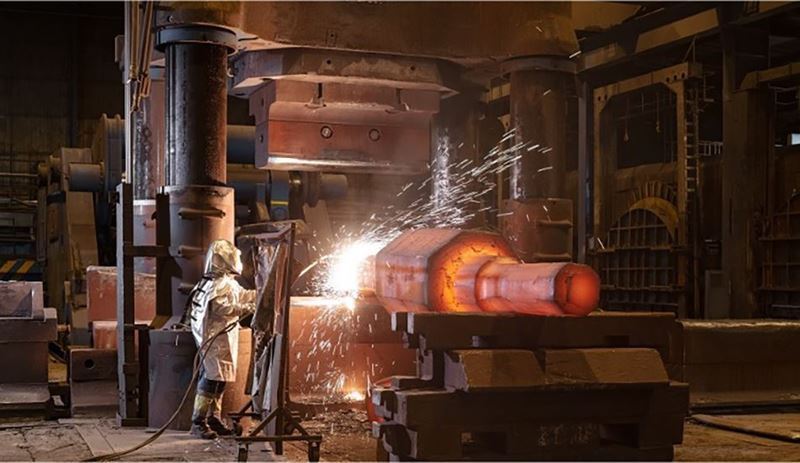

Comments
No comment yet.